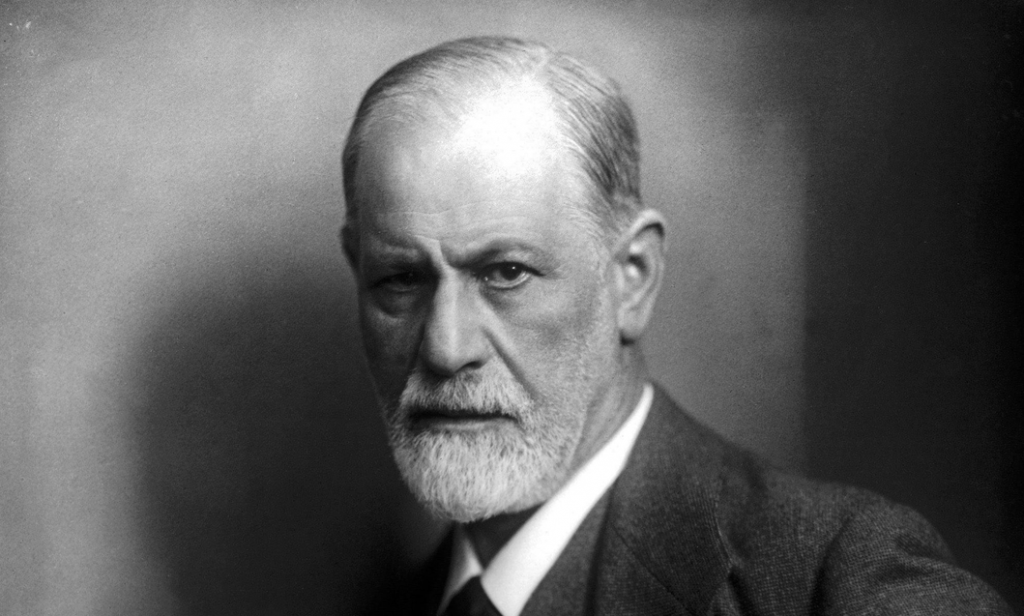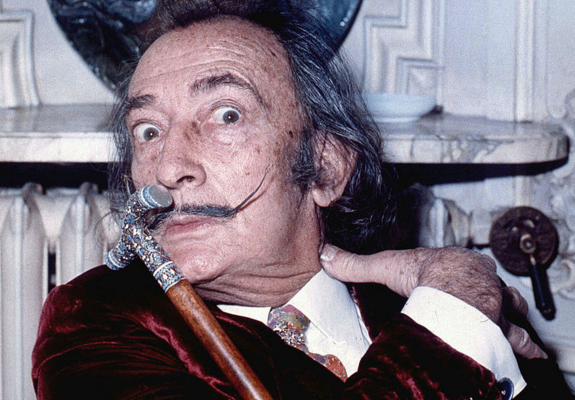I don’t mean to sound dramatic, but meditation may have saved my life. During a particularly challenging time of overwork, underpay, and serious family distress, I found myself at dangerous, near-stroke levels of high cholesterol and blood pressure, and the beginnings of near-crippling early-onset arthritis. My doctors were alarmed. Something had to change. Unable to make stressful outer circumstances disappear, I had to find constructive ways to manage my responses to them instead. Yoga and meditation made the difference.
I’m hardly alone in this journey. The leading cause of death in the U.S. is heart disease, followed closely by stroke, diabetes, and depression leading to suicide—all conditions exacerbated by high levels of stress and anxiety. In my own case, a changed diet and daily exercise played a crucial role in my physical recovery, but those disciplines would not even have been possible to adopt were it not for the calming, centering effects of a daily meditation practice.
Anecdotes, however, are not evidence. We are bombarded with claims about the miracle magic of “mindfulness,” a word that comes from Buddhism and describes a kind of meditation that focuses on the breath and body sensations as anchors for present-moment awareness. Some form of “mindfulness based stress reduction” has entered nearly every kind of therapy, rehabilitation, corporate training, and pain management, and the word has been a marketing totem for at least a solid decade now. No one ever needs to mention the B‑word in all this meditation talk. As one meditation teacher tells his beginner students, “Buddhism cannot exist without mindfulness, but mindfulness can exist perfectly well without Buddhism.”
So, no need to believe in reincarnation, renunciation, or higher states of consciousness, fine. But does meditation really change your brain? Yes. Academic researchers have conducted dozens of studies on how the practice works, and have nearly all concluded that it does. “There’s more than an article a day on the subject in peer-reviewed journals,” says University of Toronto psychiatrist Steven Selchen, “The research is vast now.” One research team at Harvard, led by Harvard Medical School psychology instructor Sara Lazar, published a study in 2011 that shows how mindfulness meditation results in physical changes to the brain.
The paper details the results of MRI scans from 16 subjects “before and after they took part in the eight-week Mindfulness-Based Stress Reduction (MBSR) Program at the University of Massachusetts Center for Mindfulness,” reports the Harvard Gazette. Each of the participants spent “an average of 27 minutes each day practicing mindfulness exercises.” After the program, they reported significant stress reduction on a questionnaire, and analysis of their MRIs “found increased gray-matter density in the hippocampus, known to be important for learning and memory, and in structures associated with self-awareness, compassion, and introspection.”
The Harvard Business Review points to a another survey study in which scientists from the University of British Columbia and the Chemnitz University of Technology “were able to pool data from more than 20 studies to determine which areas of the brain are consistently affected. They identified at least eight different regions.” Highlighting two areas “of particular concern to business professionals,” the HBR describes changes to the anterior cingulate cortex (ACC), an area of the frontal lobe associated with self-regulation, learning, and decision-making. The ACC “may be particularly important in the face of uncertain and fast-changing conditions.” Like Lazar’s Harvard study, the researchers also identified “increased amounts of gray matter” in the hippocampus, an area highly subject to damage from chronic stress.
These studies and many others bring mindfulness together with another current psychological buzzword that has proven to be true: neuroplasticity, the idea that we can change our brains for the better—that we are not “hardwired” to repeat patterns of behavior despite our best efforts. In the TEDx Cambridge talk at the top of the post, Lazar explains her results, and connects them with her own experiences with meditation. She is, you’ll see right away, a skeptic, not inclined to accept medical claims proffered by yoga and meditation teachers. But she found that those practices worked in her own life, and also had “scientifically validated benefits” in reducing stress, depression, anxiety, and physical pain. In other words, they work.
None of the research invalidates the Buddhist and Hindu traditions from which yoga and meditation come, but it does show that one needn’t adopt any particular belief system in order to reap the health benefits of the practices. For some secular introductions to meditation, you may wish to try UCLA’s free guided meditation sessions or check out the Meditation 101 animated beginner’s guide above. If you’re not too put off by the occasional Buddhist reference, I would also highly recommend the Insight Meditation Center’s free six-part introduction to mindfulness meditation. Chronic stress is literally killing us. We have it in our power to change the way we respond to circumstances, change the physical structure of our brains, and become happier and healthier as a result.
Related Content:
Free Guided Meditations From UCLA: Boost Your Awareness & Ease Your Stress
Meditation 101: A Short, Animated Beginner’s Guide
David Lynch Explains How Meditation Enhances Our Creativity
Josh Jones is a writer and musician based in Durham, NC. Follow him at @jdmagness



